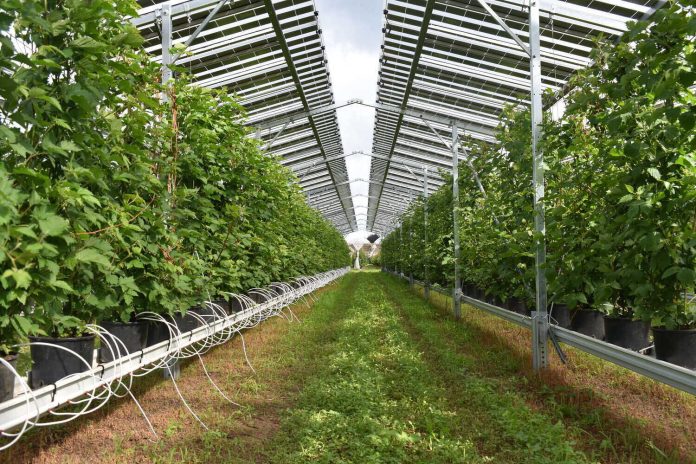Nowadays, there is almost no place on Earth that is not affected by climate change. Flash floods, erosions, storms, droughts, heat waves, and fires are becoming more frequent. In addition to these extreme weather difficulties, Croatia is also threatened by rising sea levels, which is a threat to our coastal cities, and due to the increase in seawater temperature, we are also threatened by sea acidification.
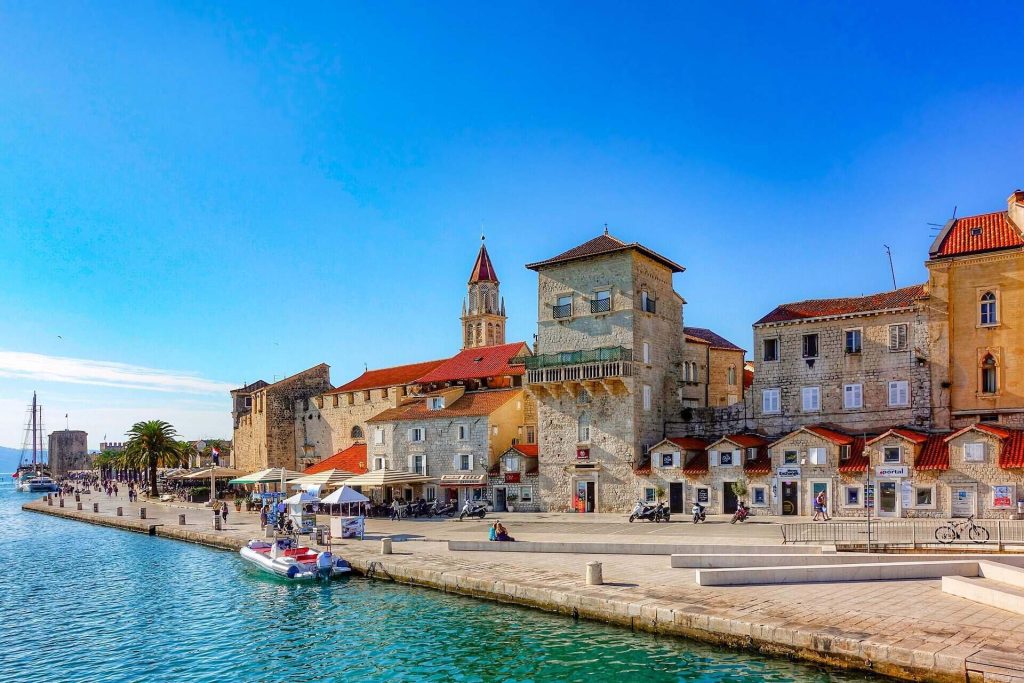
According to the European Environment Agency (EEA) report, Croatia is one of the three European countries that suffer the highest cumulative share of damages from extreme weather and climate conditions, which result in a decrease in the gross national product (GNP).
Climate change and agriculture
Droughts in the summer months are the biggest cause of damage to Croatian agriculture, and in the period from 2013 to 2016, they caused losses of 400 million euros, i.e. 43% of the subsidies paid to agriculture in that same period. The total reported damage from 2013 to 2018 amounted to around 1.8 billion euros, and during 2014 and 2015 the losses reached a record height: 2 billion euros in 2014 and 830 million euros in 2015.
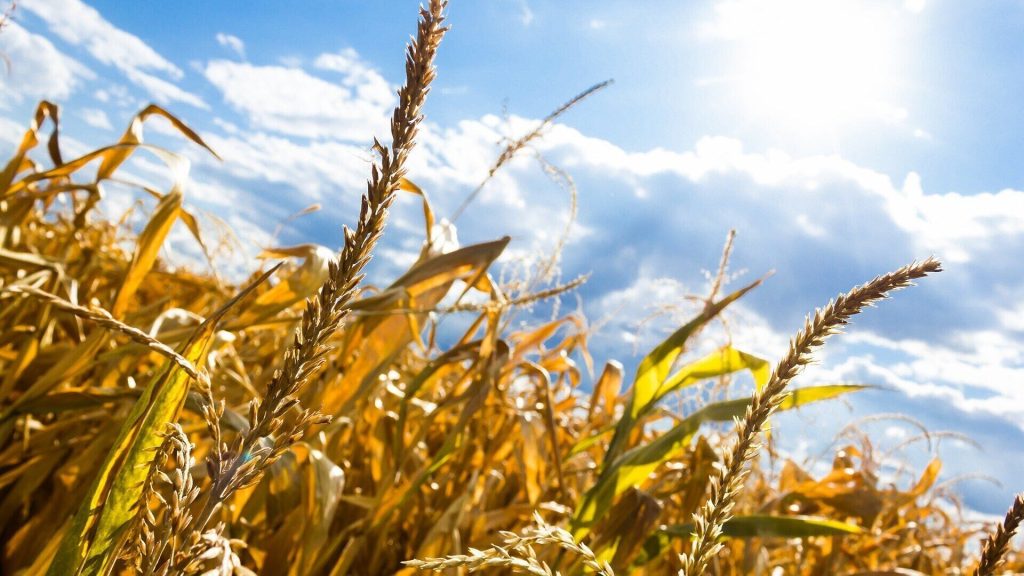
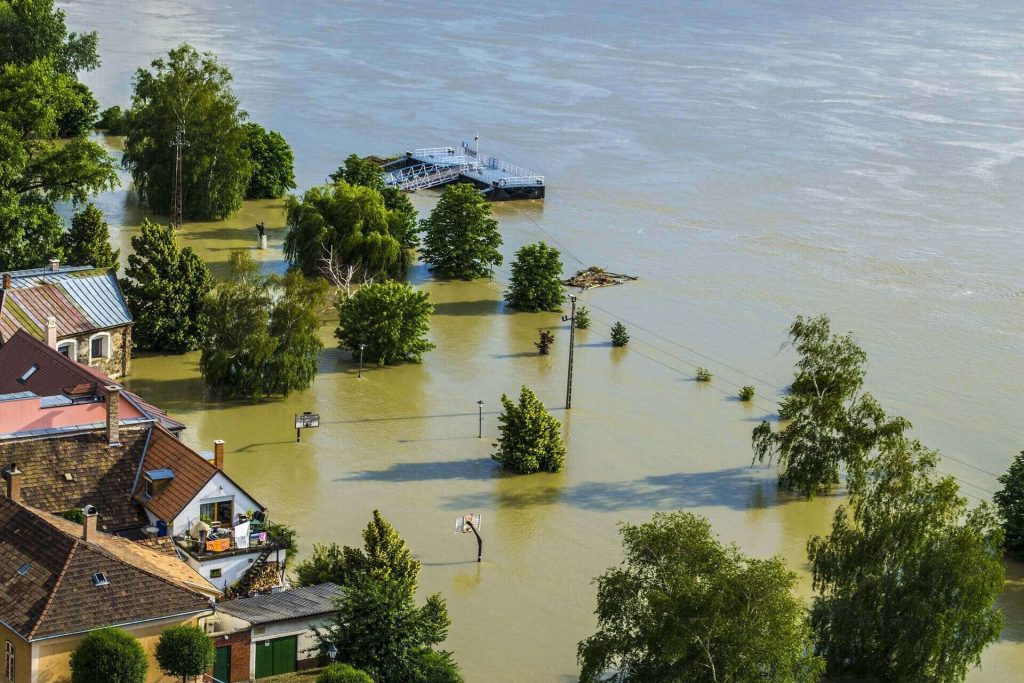
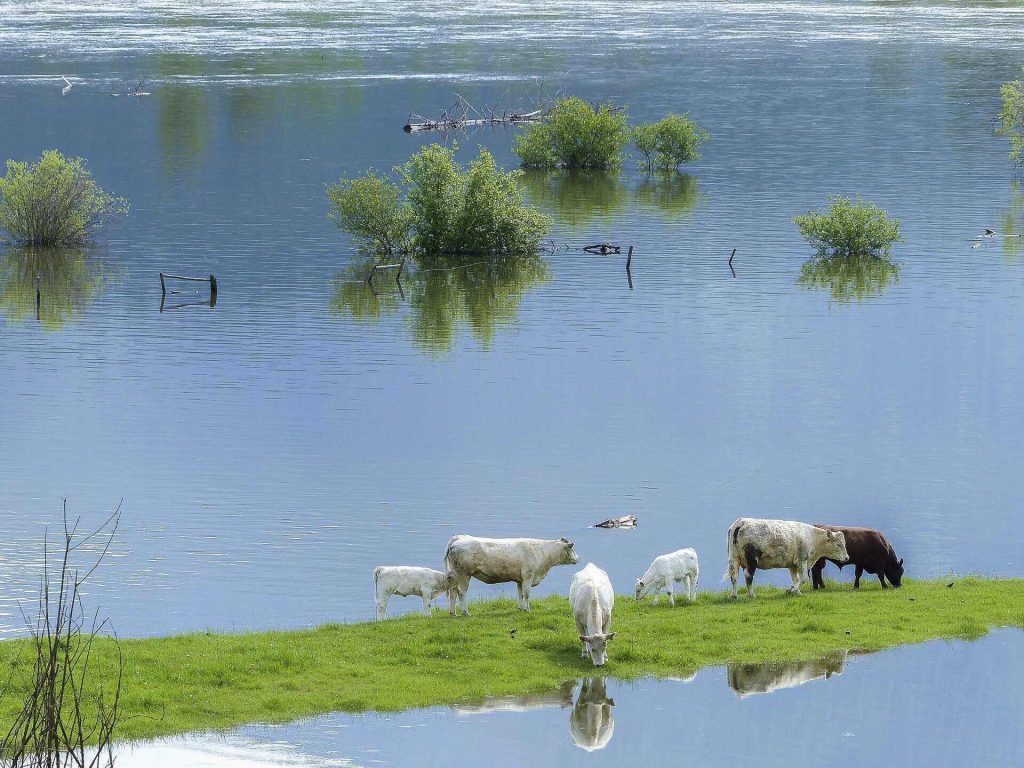
It is estimated that the yields of agricultural crops in Croatia will decrease by 3-8% by the year 2050 because of changing climate conditions. Changes in the phenological phases of fruit and vegetable crops (apples, vines, olives, corn…) are already visible in Slavonia and Dalmatia, where vegetation starts earlier and lasts shorter, that ultimately ends up with a decrease in total yields. Lack of moisture in the soil and increased air temperature in the coming period will be two main problems in agriculture’s fight against climate change. This probably means that agriculture and freshwater fish farming will suffer the greatest damage from the consequences of climate change.
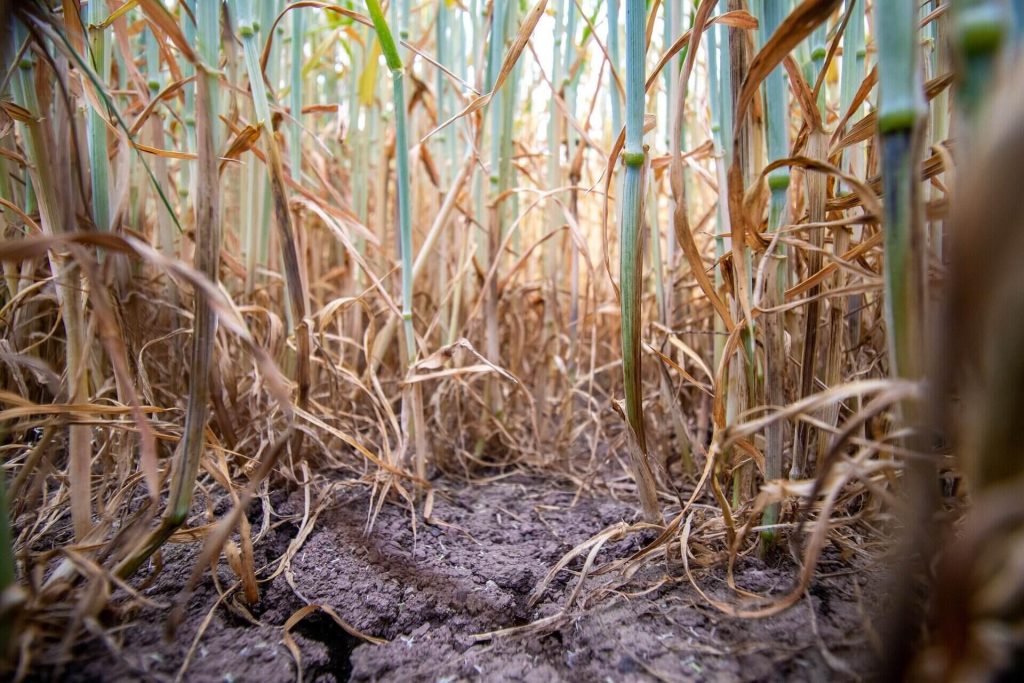
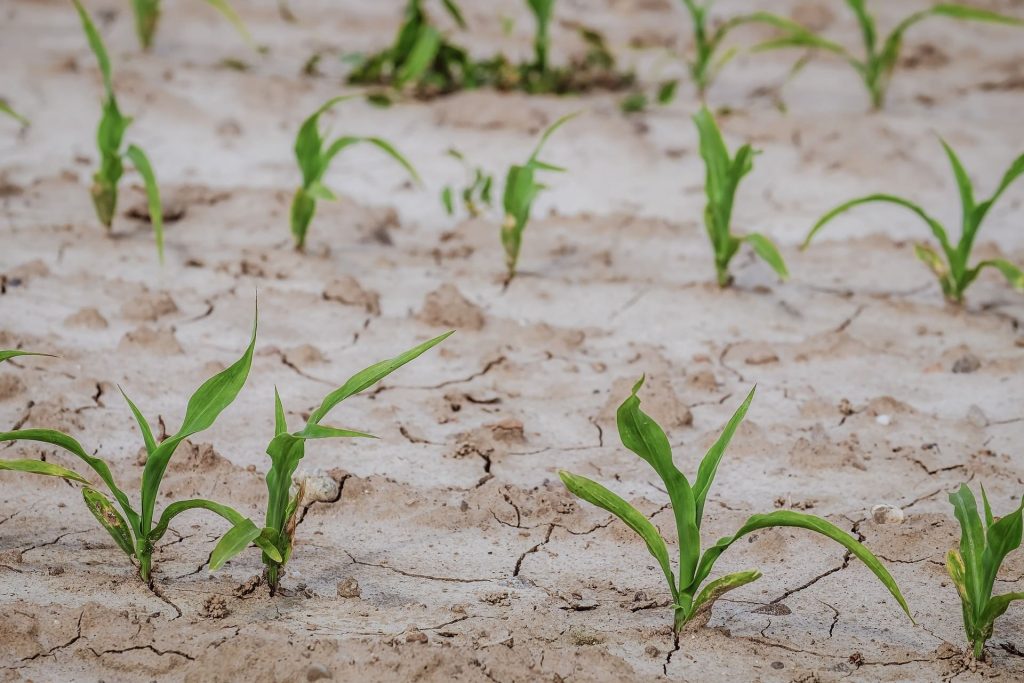
Still, there is a way that agriculture can be sustainable even in the conditions of climate change – agrivoltaic solution. Research results show that installing solar panels on top of agricultural crops brings multiple benefits to farmers. Protected by the solar panels, agricultural crops grow undisturbed and give stable yields, while additional income is generated via the production of electricity. It was observed that, with the application of agrivoltaic, the yields of some crops have increased compared to the same cultivation of that agricultural crop without the protection of solar panels.
This solution which combines agriculture and energy is already being used around the world, and numerous studies on its effectiveness, even in areas with extremely high temperatures such as Saudi Arabia, have produced excellent results.
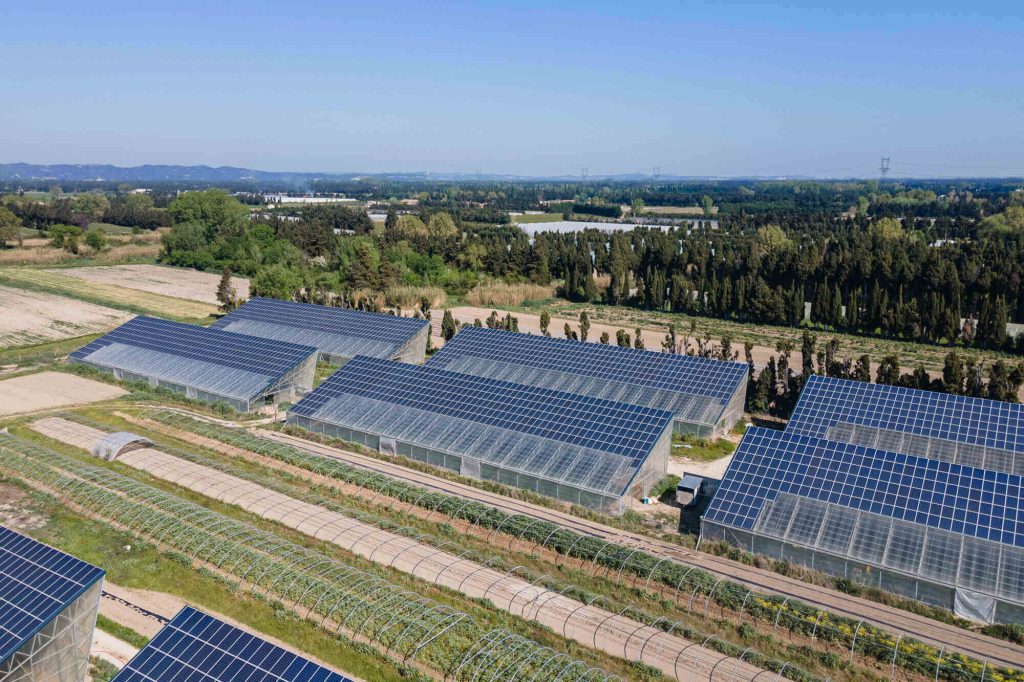
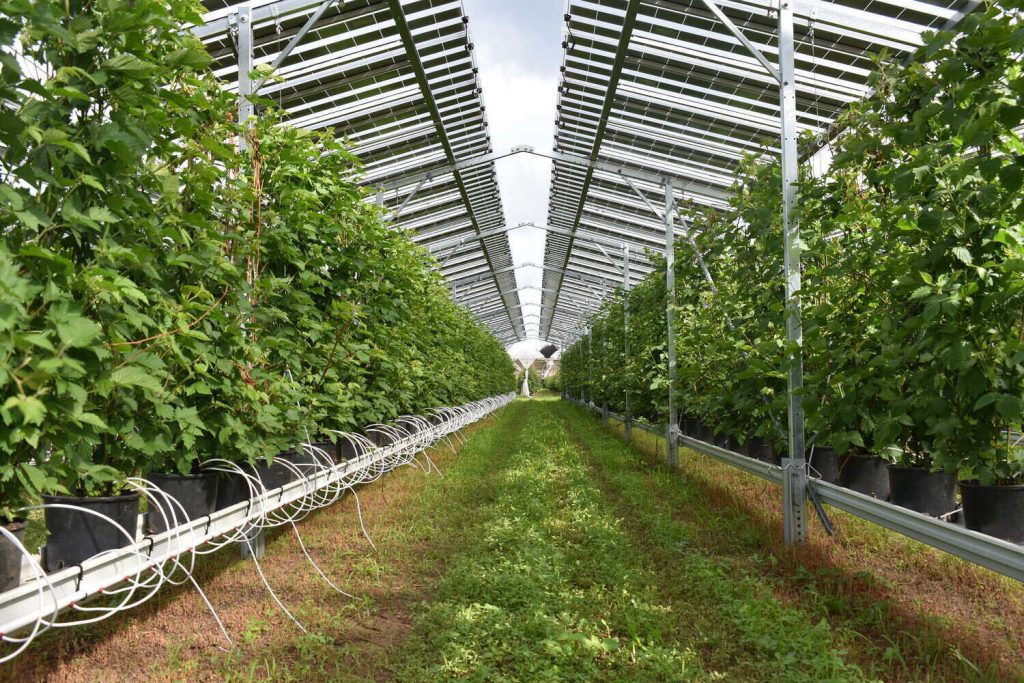
Agrivoltaics bring only profit
Installing agrivoltaic will provide agricultural crops getting much better protection from hail, heavy storms, and direct solar radiation, research shows. They are provided with the amount of light sufficient for photosynthesis, while on the other hand, increased evaporation of water from the soil is prevented, which enables growth and yield stability. It is important to note that the construction of agrivoltaic does not reduce the size of arable land.
The experts of the RESC working groups point out that the agriculturally rich regions of Slavonia, Banovina, and Istria have more than 2,500 MW of free capacity on the power grid, which means that the installation of agrivoltaic is not only logical but also necessary in order for these fertile regions and their farmers to achieve multiple benefits. Unhindered food production under the protection of solar panels that generate clean, safe, domestic energy can enable a quick path to self-sufficiency.
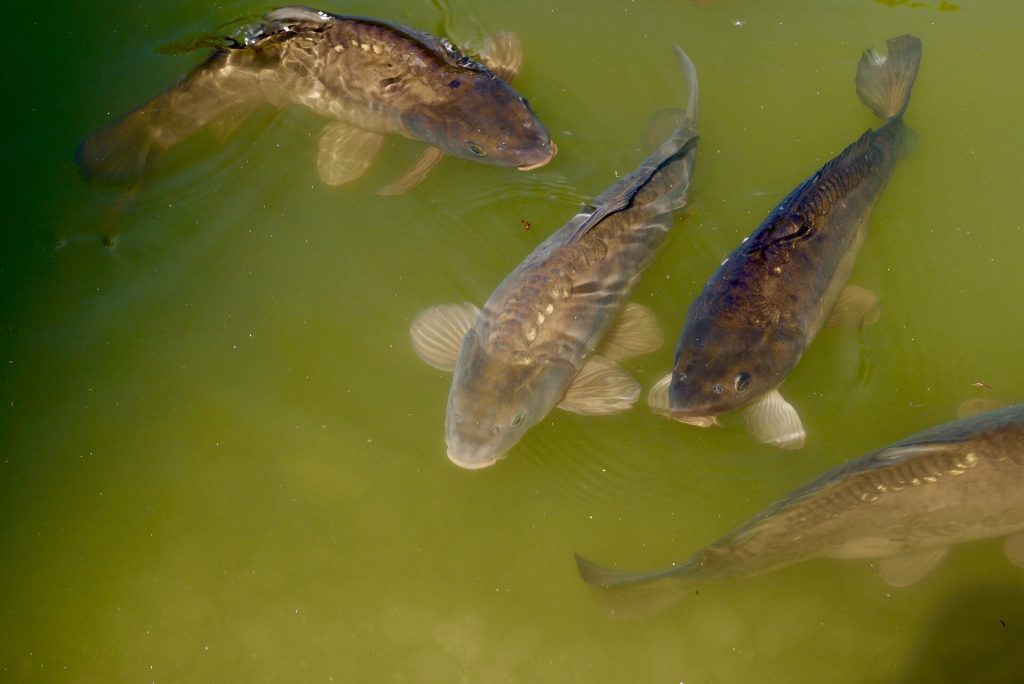
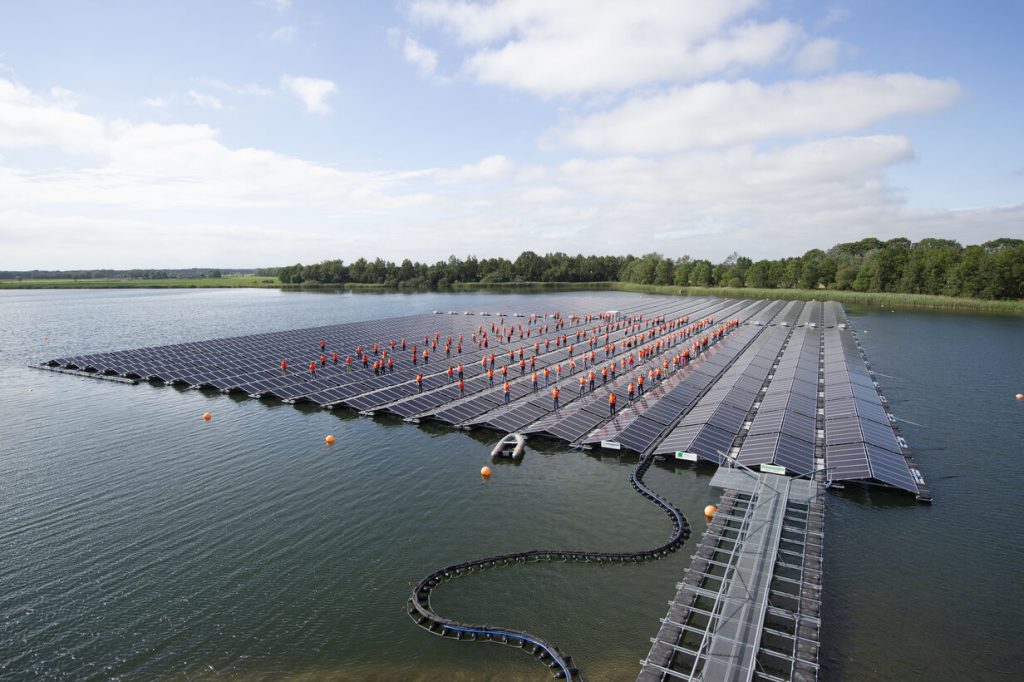
Placing solar panels on the surface of the lake for fish farming enables better management of the pond, which results in less depletion of water in the breeding grounds, reduced evaporation of natural water reservoirs, and improved environmental protection by removing impurities created here. In addition, solar panels protect fish from cormorants and generate income from electricity production. Most of the freshwater ponds that Croatia inherited from the former state are located in Bjelovar-Bilogora County, which would profit highly by developing agrivoltaic plants on the ponds as well as on agricultural land.
Agrivoltaics in the world and the European Union
If agrivoltaics were used on just 1% of arable land in Europe, their capacity would be more than 900 GW, which is 6 times more than the current installed photovoltaic capacity in the EU, according to a study by SolarPowerEurope.
In countries that are leaders in European agricultural production, mainly France, Germany, and Spain, but also geographically closer to Croatia – Austria, Italy, Hungary, and Serbia – there are already examples of agrivoltaic applications. They are accompanied by the necessary adjustments to legislation in order to apply them as quickly and efficiently as possible. In France, a presidential recognition and encouragement have been awarded, after president Emmanuel Macron said agrivoltaics will become one of the main pillars of France’s energy system.
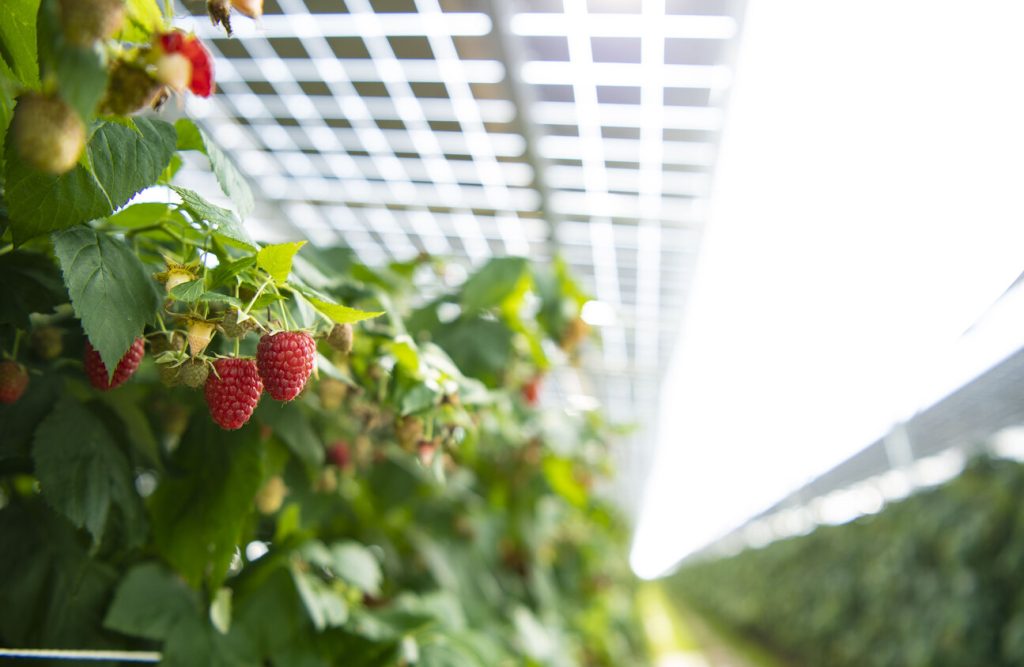
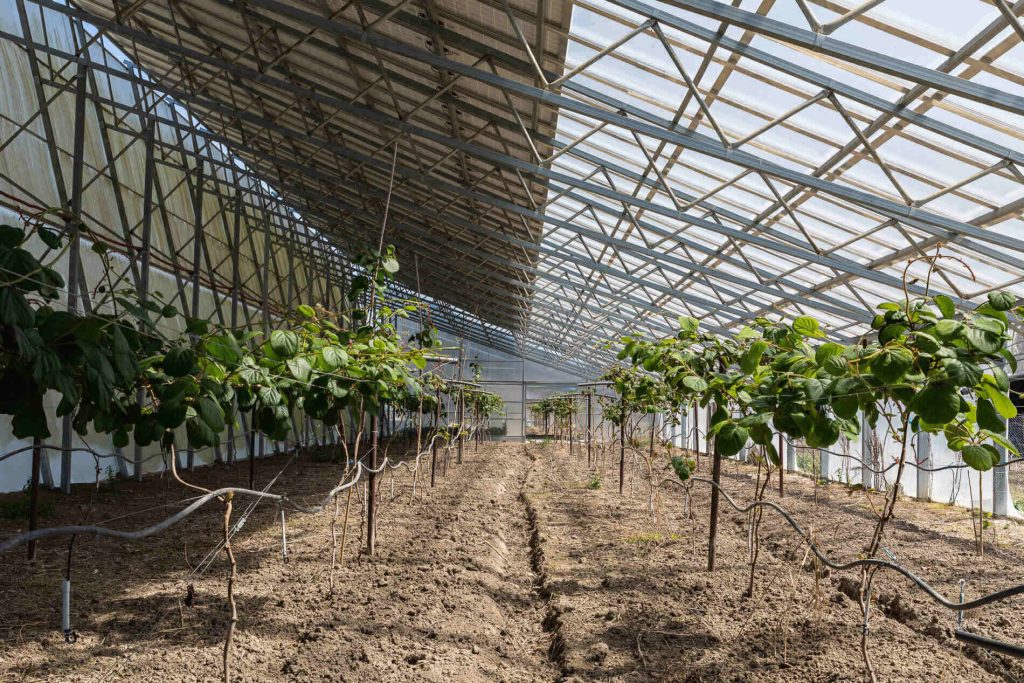
During testing in Germany, the concept of growing wheat and potatoes proved to be economically profitable in a very short time, and now a new pilot project is underway where agrivoltaics are being tested in orchards with organic apples. In Italy, excellent results were registered in olive groves.
It is important that Croatian legislation enables agricultural producers to use agrivoltaic because it gives Croatia the opportunity to be competitive in the common European market.
Amendments to the Law on Agricultural Land, which entered into force in May 2022, Article 31 refers to the lease of state-owned agricultural land. Paragraph 30 of that Article says: “The lessee may, in accordance with the applicable spatial plan, and with the consent of the Ministry, set up infrastructure for the production of green energy on part of the state-leased agricultural land for the purpose of increasing profitability.” The regulations should promptly be revised in a way that will enable and simplify the application of agrivoltaic, thus ensuring agricultural and energy welfare on the same area.
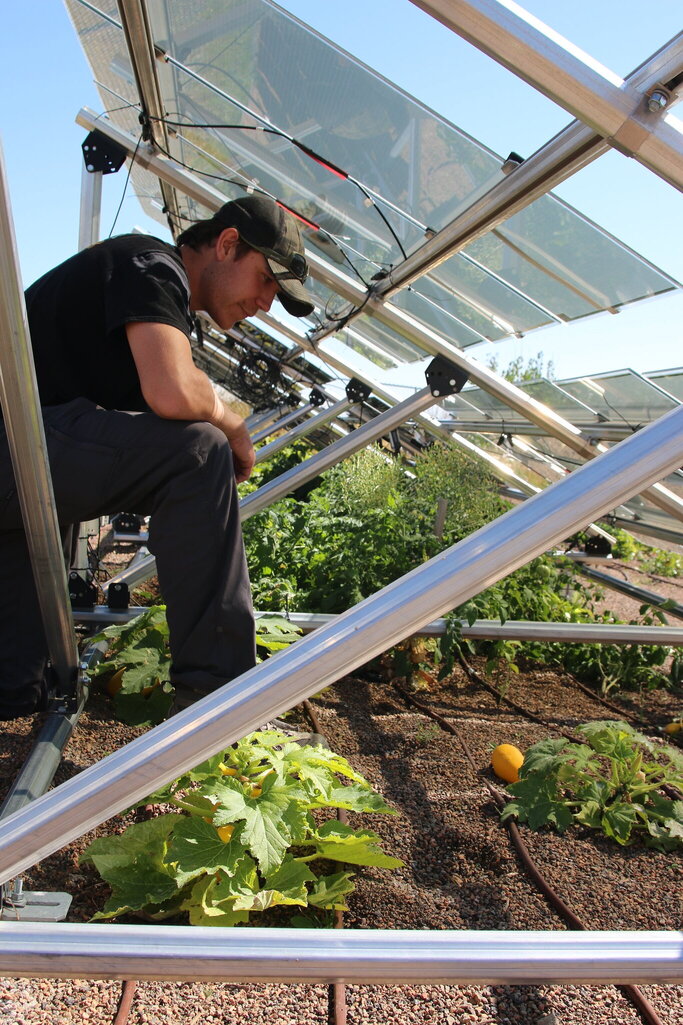
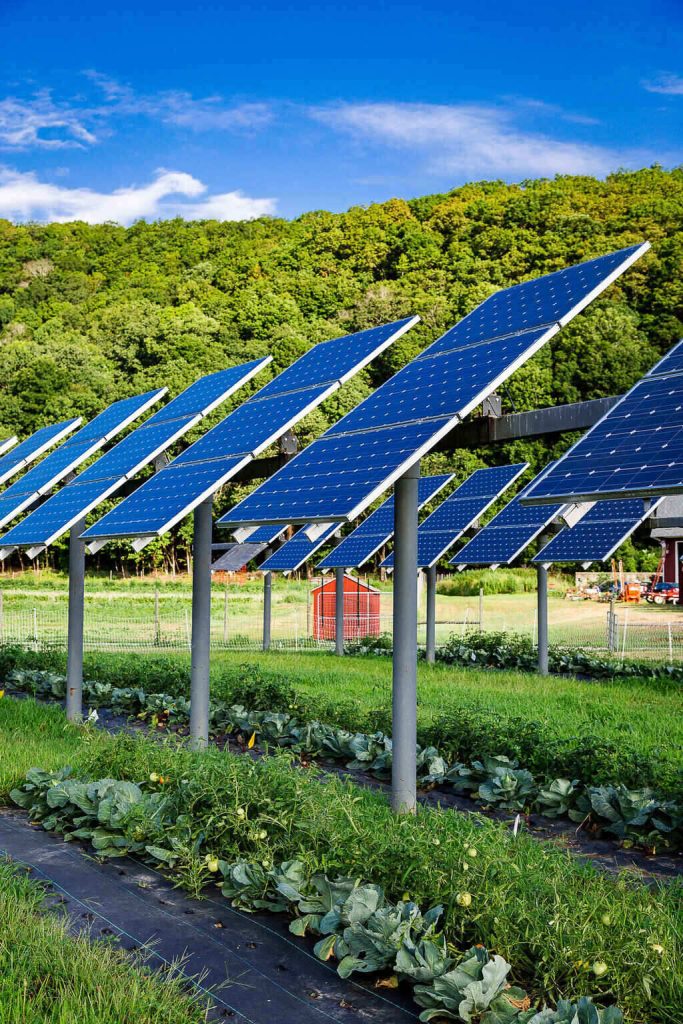
RESC also decided to contribute to the process of understanding the measures on how to reduce the negative impact of climate change on agriculture. This year the EBRD approved the financing of the Study on the potential of using solar energy in the agriculture and freshwater fish farming sector in Croatia, as a continuation of the successful cooperation. RESC involved top experts in the making of this study.
The holder of the project is the Faculty of Agriculture of the University of Zagreb, the Faculty of Agrobiotechnical Sciences Osijek, and the Institute for Adriatic Crops and Karst Reclamation, Split, along with associated experts from the field of renewable energy sources, are participating in the preparation of the study. The aim of the study is to provide a complete overview of the potential and possible benefits of more intensive use of solar energy in agriculture and freshwater fish farming, but also to analyze administrative and legislative obstacles to the successful integration of the agriculture and energy sectors and appropriate recommendations for improvements.
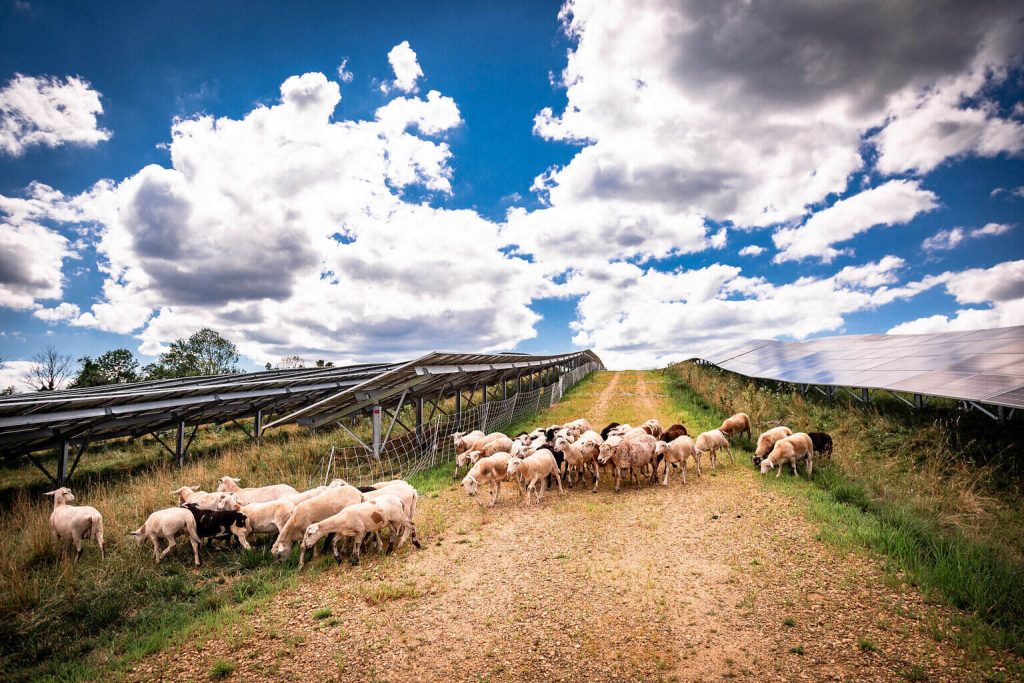
Good practice examples in other countries show it clearly that only enabling the use of agrivoltaic at their full potential brings a complete result. Agrivoltaics enable undisturbed agricultural production, protection against climate change, and increased income through the sale of electricity. Why wouldn’t Croatia also realize these multiple benefits?


